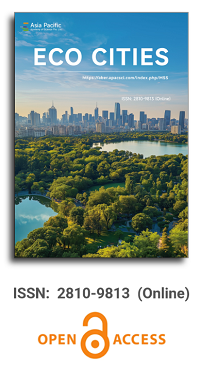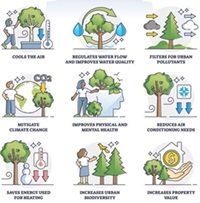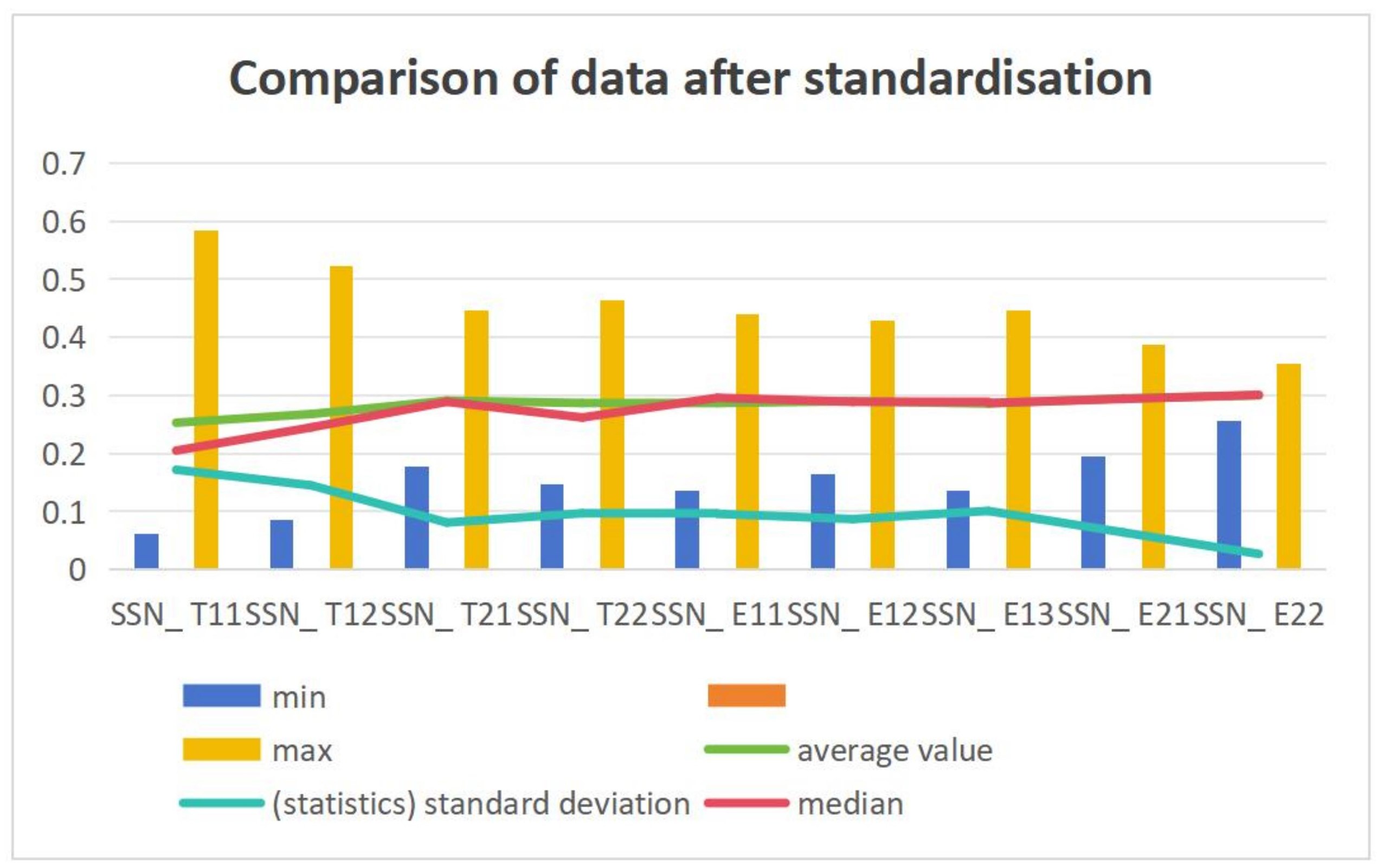


Issue release: 31 December 2025
Public transportation accessibility can significantly affect real estate prices. However, the extent of this impact can greatly vary depending on the specific urban context. This study investigates the impact of accessibility to public transportation on apartment prices in two distinct districts of Shiraz, Iran: District 1, which has the highest vehicle ownership per capita, and District 8, which has the lowest. Using 182 transactions from District 1 and 65 transactions from District 8, a hedonic pricing model was employed to analyze data on apartment prices, area, age, number of bedrooms, and distances to the nearest bus stop, subway station, park, hospital, school, and the Central Business District. The findings revealed distinct patterns across the districts. In District 8, where vehicle ownership per capita is low, accessibility to bus stops significantly influenced apartment prices. Conversely, accessibility to subway stations did not significantly impact apartment prices in either district, nor did bus stop accessibility in District 1. This study underscores the varying influence of public transportation accessibility on property prices in different urban contexts, particularly in relation to vehicle ownership levels.

Chinese Academy of Sciences, China
Indexing & Archiving
Asia Pacific Academy of Science Pte. Ltd. (APACSCI) specializes in international journal publishing. APACSCI adopts the open access publishing model and provides an important communication bridge for academic groups whose interest fields include engineering, technology, medicine, computer, mathematics, agriculture and forestry, and environment.


 Open Access
Open Access

.jpg)

.jpg)



